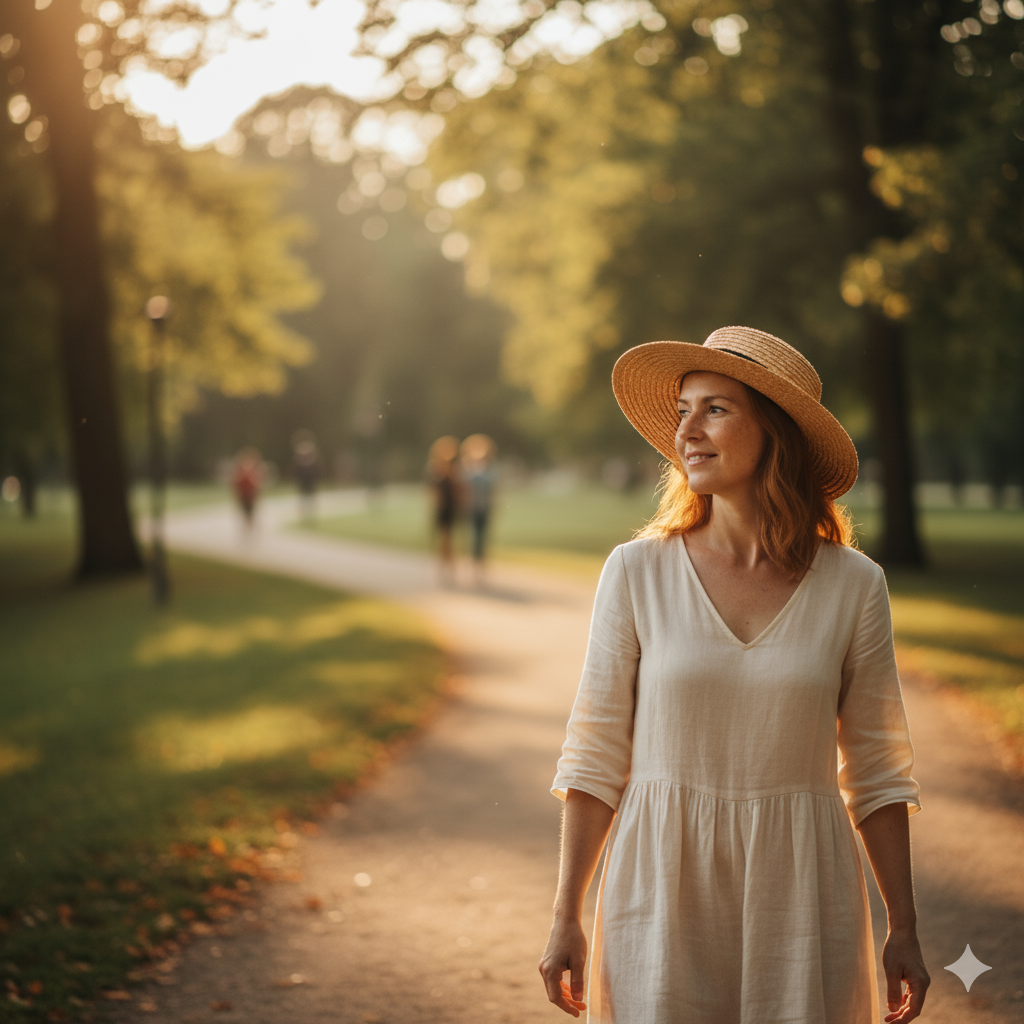Nano Banana (Gemini): How to Create and Edit Photos with AI [2025]

In 2025, Google rolled out a new generation of AI for creating and editing images — Nano Banana. You’ll find it in the Gemini app, gradually also in Search (Lens → Create), and soon in Google Photos. The model is based on Gemini 2.5 Flash Image and can quickly generate realistic visuals, blend multiple photos together, keep characters consistent, and perform targeted edits using natural language.
What Nano Banana is and where to enable it
- Gemini on web/mobile – in chat, switch to image mode (banana icon), enter a prompt or upload a photo to edit.
- AI Studio / Gemini API – developers can generate/edit in “Image generation” (aka Nano Banana).
- Search → Lens → Create – in the Google app, snap/scan and create/edit right away (rolling out progressively).
Nano Banana also embeds a SynthID watermark (invisible + visible) to make it clear the image was created by AI.
How to prompt for realistic photos (proven template)
[Type of shot] + [subject] + [lighting] + [lens/camera style] + [environment/details] + [quality/aspect ratio]
Example (portrait):
“photo of a woman in her 30s walking in a park, golden hour sunlight, 85mm lens, shallow depth of field, natural colors, realistic skin texture, –ar 3:2”Example (product):
“studio photo of matte-black headphones on acrylic stand, softbox lighting, subtle reflections, clean white backdrop, –ar 1:1, high detail, photorealistic”Tips for realism:
- specify lighting (softbox, golden hour, window light), lens (35mm/50mm/85mm), depth of field, and aspect ratio;
- for recurring characters/brands use character/subject consistency (Nano Banana supports this);
- for text in the image (e.g., a poster) say “accurate typography” — Nano Banana improved text rendering.
Workflow for the best results
A) From moodboard to final photo
- Upload 2–3 inspiration shots (colors, poses, locations) and ask for a blend into a single coherent scene.
- Add a prompt with lighting and lens details (see template).
- After generation, adjust the expression, background, or prop using natural language (“Replace the mug with a glass tumbler…”).
B) Retouching an existing photo
- “Extend background to 16:9 with matching texture” (canvas extension),
- “Remove people in the back, keep natural shadows”,
- “Change outfit to business casual navy” — targeted change by selecting an area + instruction.
C) Consistency across a series
- Label the character/campaign name and request “keep the same person/outfit/lighting across 6 images.”
Ready-made prompts that work
- Street portrait:
“candid street portrait, 35mm lens look, overcast soft light, shallow DOF, muted colors, city bokeh, –ar 3:2, photorealistic” - Corporate team:
“diverse team in modern office, window daylight, 50mm lens, soft shadows, natural smiles, neutral palette, brand-blue accents, –ar 16:9” - E-shop product:
“studio product photo of leather backpack, softbox left/right, subtle rim light, clean gradient background, controlled specular highlights, –ar 1:1” - Event candid:
“award ceremony on stage, tungsten spotlights, audience defocused, authentic expressions, 85mm lens, realistic skin and fabric textures”
(For public figures, respect legal/ethical constraints; avoid creating misleading “evidentiary” images.)
Common mistakes and how to eliminate them
- “AI look” (plastic skin/fingers): add “realistic skin texture, natural pores, subtle imperfections,” and consider light post-processing.
- Flat lighting: clearly define the source (“softbox at 45° / window light from the left”).
- Inconsistent series: repeat character/brand identifiers and save the prompt as a “template.”
When to hire a professional photographer instead
Even though Nano Banana can do great things, a professional makes sense when:
- you need authentic people, emotion, and credibility (PR, CSR, case studies),
- it’s a legally sensitive use (advertising, large-format print, commercial licensing),
- you want a consistent style across a long campaign and multiple locations,
- you must capture a real product/event (reportage, manufacturing, gastronomy).
Recommendation: Use AI for concepts and moodboards; for key visuals, combine AI and real photography (photographer + retouch + Nano Banana for minor variants).
Safety, labeling, and ethics
Google watermarks (SynthID) images from Nano Banana and provides clear labeling of AI origin. For commercial deployments, also add a visible label and follow best practices (no deceptive “documentary” use).
Where to put the outputs? How to keep it all under control (Infiry)
Whether you generate AI visuals or shoot photos, folder chaos kills productivity. Infiry helps you keep AI and real photos neatly in one place:
- 📂 Upload in high resolution without compression.
- 🏷 Labels/keywords (“AI,” “product,” “campaign A”), captions, author, date.
- 🔎 Search by content, keywords, and dominant colors.
- 👥 Share collections via link (clients/team).
👉 Try Infiry for free — the ideal library for AI concepts, product visuals, and finished photographs.
Tags:
- AI moodboard
- Gemini 2.5 Flash Image
- Gemini Nano Banana
- Google AI image generator
- Google AI photo editing
- how to prompt realistic photos
- Infiry photo management
- Lens Create mode
- NotebookLM images
- SynthID watermark
